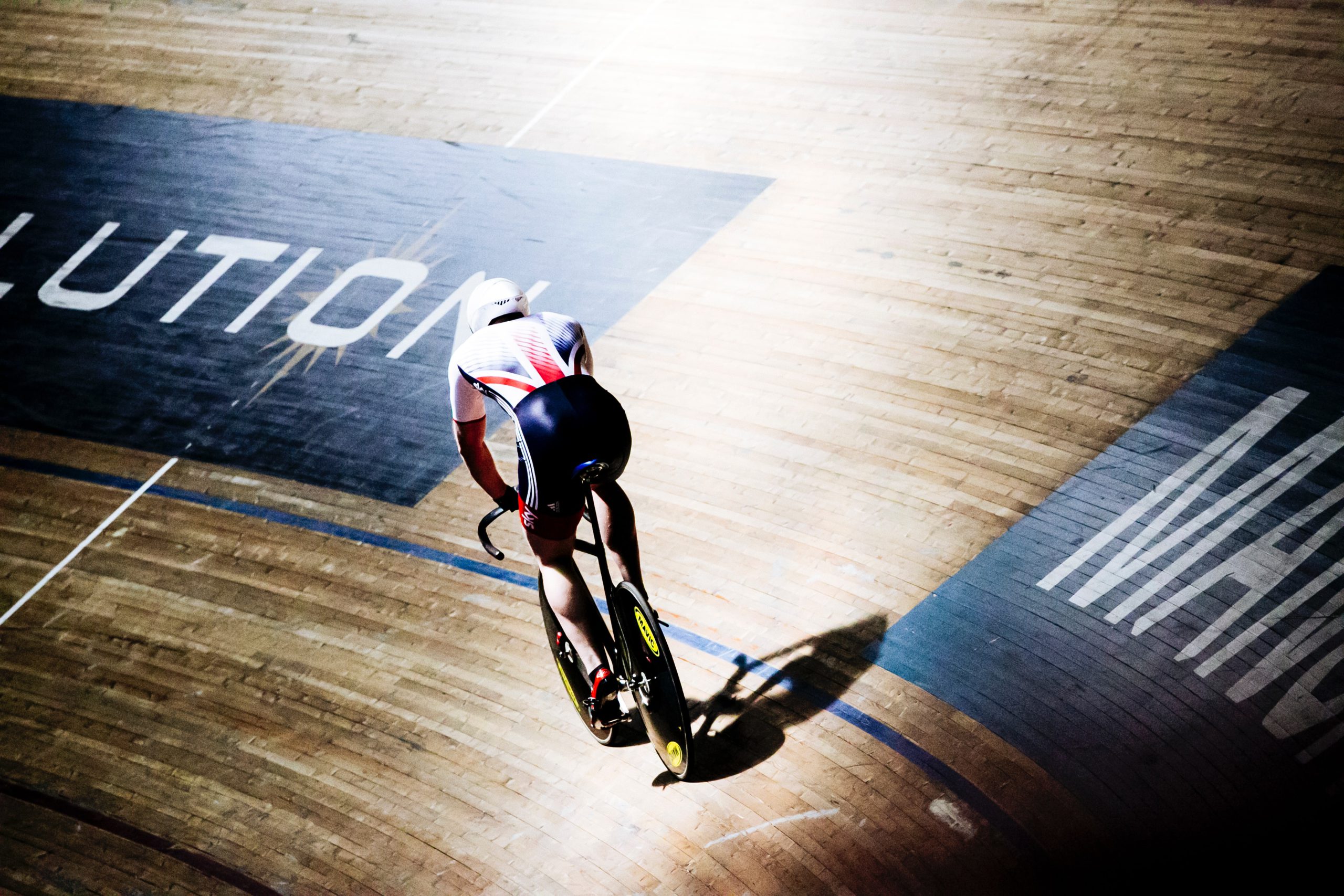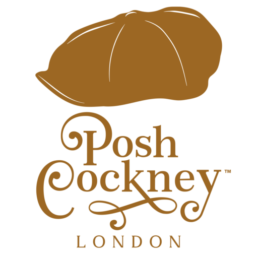It’s time! The long-awaited 2020 Olympics officially began on July 23rd in Tokyo, Japan after it had been postponed following the Coronavirus pandemic. Within the first week, the athletes have had an impressive start, with the Japanese team winning 15 gold medals, closely followed by China and the USA with 14 and 13 gold medals – respectively. Great Britain are not far behind – claiming 5 gold medals in swimming, diving and MTB. While the games have just begun, it is evident that the hard work and dedication these athletes have put in over the last year will pay off over these next few weeks.

Research by The National Lottery reveals that – on average, Olympians will spend at least 10,000 hours training leading up to the games. With British athletes training at least six hours a day, six days a week which vary depending on the sport. For instance, Michael Phelps mentions to CNN that he swims at least three to six hours a day, with extra training on dry land four to five times a week. On the other hand, athletes training for the Paralympics such as the GB Wheelchair basketball team, go through 100 tyres a year which are specifically designed for the games.
Olympians and Branding
A 2008 Forbes article mentions it is common for athletes to train at least four to eight years to hone their craft before making an Olympic team. Not only do they spend hours training, but dedicate their entire lives to winning an Olympic gold medal for their country. Their hard work and dedication to championing their sport and representing their country is admirable, and presents a valuable lesson not only for athletes but for businesses as well. Alongside their training, Olympic athletes are meant to uphold a professional image – similar to how businesses have their own brand image and identity.

According to Kotler, a brand’s image is the set of beliefs, ideas and impressions that a person holds regarding an object. In simpler terms, it is a customers’ perception of the brand based on their interactions and experiences with the business. However, as perceptions are subjective – people will have different experiences and interpretations of the brand. Therefore, it is essential for organisations to establish a consistent image upon their foundation as it can provide them with long-term benefits such as:
- Distinct personality to differentiate themselves from the competition – which is especially advantageous in a highly saturated market
- Increased brand recognition to facilitate ease in introducing new products
- Increased confidence of existing customers which encourages customer retention
- The chance of repurchasing from a business which customers can easily recall or recognise is higher than purchasing from a brand they are unfamiliar with
- Increased brand awareness which attracts new customers and promotes brand recall
- In the event of any reputational threats, a strong brand image and awareness amongst existing customers can buffer significant brand damage
But how can businesses achieve this?
Much like Olympic athletes, this entails establishing a strong brand identity over a long period of time and a great deal of internal effort. By definition, a brand’s identity is how a brand wants to be perceived by its customers. This is crucial for the long-term success of a business as it is the embodiment of everything a business is and does.
If you are in the process of establishing your brand, or currently run a business, we have provided key design elements to inform your strategy moving forward:
- Determine your brand purpose and brand proposition
- This answer the questions:
- What are you offering?
- Why are you offering it?
- How can consumers benefit from your product or service?
- This answer the questions:
- Undergo extensive market research on your target audience and the competition
- Frameworks such as a PESTLE or SWOT analysis can provide insight into the macro-environment of a business and up-to date information on the market’s attitudes and behaviours
- Curate your brand personality
- This is what your audience can relate to
- There are 5 main types, namely: “excitement”, “sincerity”, “ruggedness”, “competence”, and “sophistication”
- Create a memorable logo, typography, on-brand graphics with an attractive colour palette to compliment your image
- Humans are visual creatures and rely heavily on visual cues which can inform attitudes and behaviours
- Maintain a consistent brand identity throughout your marketing strategies and campaigns.
Building a brand is more than identifying and determining the visual brand components. Achieving a successful brand entails maintaining a consistent brand identity throughout your marketing strategies and campaigns. However, this is not limited to the paid and owned media your business uses. These efforts – especially if you are on a budget, can be maximised to generate earned media which can increase credibility and create unforgettable customer experiences. If you would like to know more about how you can elevate your brand – whether you are a new business or have been operating for years now, Posh Cockney is here to help you.
